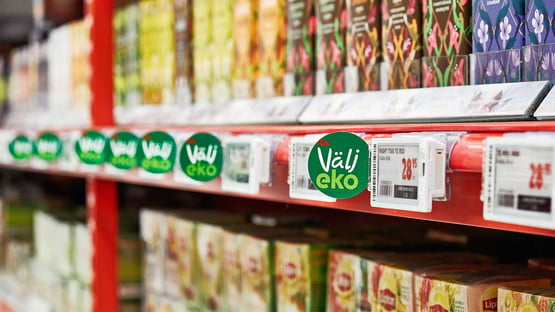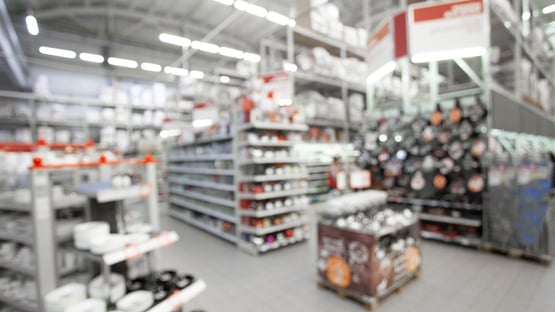Advising retailers to go for margin growth in the current crisis would be foolish given how many barriers are involved – inflation, wage rises, supply chain disruptions, falling consumer confidence. The focus therefore can only really be on margin protection, but without losing market share, brand equity and most importantly, customer loyalty.
Retailers have been at the forefront of the fight to not pass their own higher costs onto consumers, and while the picture is mixed across retail, grocers in particular have really stepped up, to the extent that this has led on occasion to frank discussions on price with their suppliers who are facing the same challenges.
In the context of the cost-of-living crisis, it is assumed that consumers focus only on price when in fact, it is value that comes to the fore for most of them. They will pay a fair price if they can see the value as well as the values expressed in the offer.
Key therefore to competing is how retailers communicate both value and values, comprising a mix of elements, including price, ingredients, diet suitability, brand, sustainability and so on.
And this mix needs to enable a meaningful engagement, almost a story for the customer in clear contrast to the often untidy collection of mixed messages at a shelf edge based on things being added at random, and into spaces that can make the whole shelf not only unattractive but confusing.
Decisions are made at the shelf edge and technology has an important role to play in bringing all the elements together to make the offer compelling, simple and inclusive, which means communicating all the essentials of the offer in ways that traditional static labeling and signage simply cannot.
Electronic shelf labels (ESLS) have moved beyond their original purpose, to enable instant, whole site price changes to be made in order to cut the labour bill on changing paper labels and avoid fines levied for incorrect pricing or missing labels.
Now ESLs are the dynamic link between the product and the customer, able to communicate the offer, but make changes in real time not just on price, but on promotion, essential capabilities as grocers try to outdo each other on price comparisons.
It is this digital flexibility that also enables retailers to make a direct appeal to their customers using what is called dynamic pricing.
By adjusting prices dynamically, retailers can achieve a more profitable balance across the whole day, knowing that price sensitivity will be higher at mid-morning and afternoon, as opposed to early morning and early evening when customers are either on their way to work or back.
Proof that this is certainly what customers want comes from research undertaken by Pricer that shows that 64% of respondents wanted more access to product information rather than just pricing at the shelf edge. And within that, they wanted more information on sourcing, ingredients and sustainability credentials.
The story brands working with retailers are telling can then be complemented and extended through the use of digital signage, but adopted through the existing digital signage network so that they are consistent with what has already been communicated through ESLs.
Across Europe, shoppers in the same survey emphasised the breadth of information they now expect to see – ingredients and recipe ideas, balanced with details of red light ingredients such as salt, fat, sugar, allergens, so they can make more informed decisions.
Providing this information is not just about giving good customer service but about gaining a commercial advantage; well over half the respondents across Europe said they were happy to pay more for high welfare items, as long as they could clearly see their green credentials at the shelf edge.
These same respondents added that they had been put off buying a high consideration / complex item because there hadn’t been enough information, or even that there had been too much information which had led to confusion.
Providing a greater breadth of information to customer through ESLs and digital signage is a step towards the next evolution for customer engagement, personalisation. Digital technology enables retailers to talk directly to the customers that are most valuable to them and whose loyalty they want to anchor.
Personalised communications made via email web site or social media need to play out with consistency at the shelf edge, particularly considering the high percentage of respondents in the survey who said that they became frustrated when the information they received about a product at the shelf edge was inconsistent with the detail about the same product available on the retailer’s website.
The battle for the hearts and minds of the customer has been waged ever since retail began, but the current crisis will test retailers more than at any time in their history. The story they tell their customers and how they tell it will be the key to protecting margins that are currently under assault from all sides.
This guest comment by Duncan Potter, Chief Marketing Officer at Pricer AB, was originally published in Internet Retailing on September 6, 2022.



